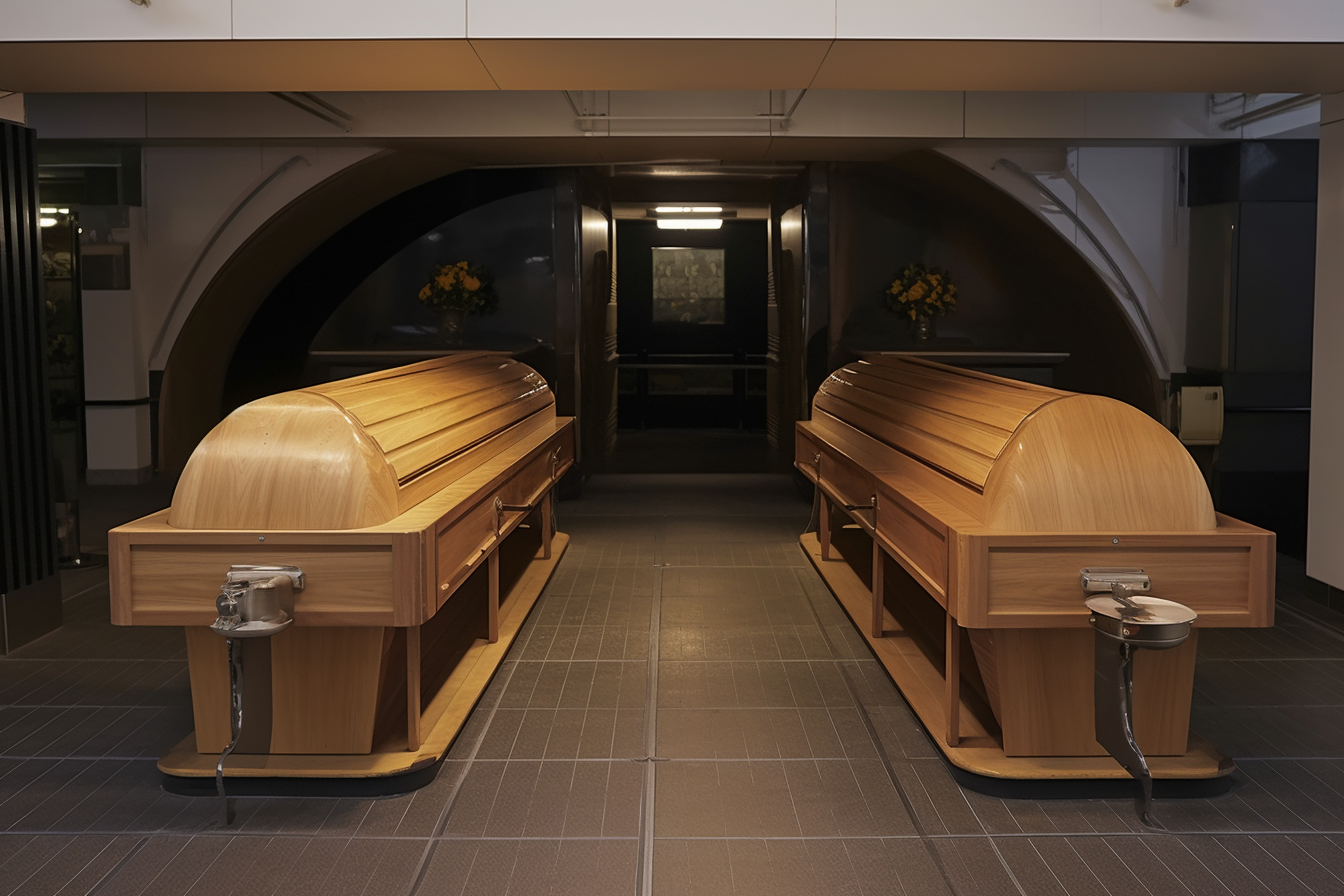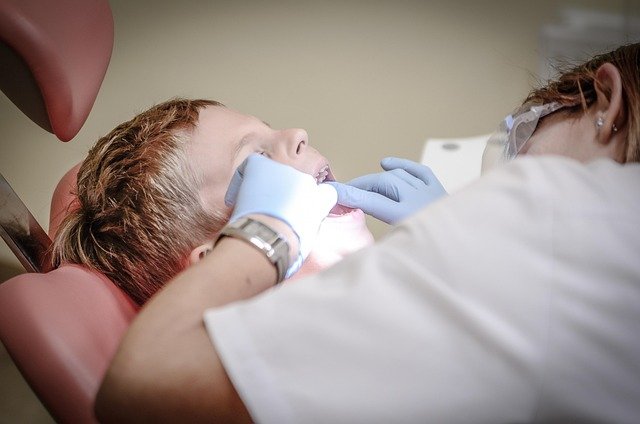Understanding the Cremation Process: Step-by-Step Guide
Cremation has become an increasingly popular choice for end-of-life arrangements in recent years. This process, which involves the reduction of a body to its basic elements through high heat, offers a different approach to traditional burial. For those considering cremation or simply seeking to understand the process better, this guide provides a comprehensive overview of what happens during cremation, from start to finish.

What Really Happens Before Cremation?
Before any cremation can take place, several important preparatory steps must be completed. The deceased is first transported to the crematorium or funeral home, where proper identification procedures are followed. A medical examiner or coroner may need to complete their examination, particularly if the death was unexpected or requires investigation.
The body undergoes preparation, which includes removing any medical devices such as pacemakers, prosthetics, or implants that could be dangerous during the high-temperature process. Jewellery is typically removed and returned to the family unless specifically requested to remain. The deceased is then placed in a suitable cremation container or coffin made from combustible materials like wood or cardboard. Metal handles, fixtures, or non-combustible materials are removed to prevent complications during the cremation process.
How Is the Cremation Process Carried Out?
The actual cremation takes place in a specially designed furnace called a cremator, which reaches temperatures between 800 to 1000 degrees Celsius. The deceased, contained within their chosen coffin or container, is placed into the cremation chamber using a mechanical system designed to maintain dignity throughout the process.
The intense heat reduces the body and container to bone fragments and ash over a period of one to three hours, depending on various factors including body size and the type of container used. During this time, the cremator is carefully monitored by trained operators who ensure the process proceeds correctly and safely. The cremation chamber is designed to minimise environmental impact, with filtration systems to reduce emissions and comply with environmental regulations.
What Happens After the Cremation Is Complete?
Once the cremation process finishes, the cremated remains need time to cool down completely before they can be handled safely. The resulting bone fragments and ash are then carefully collected from the cremation chamber and processed through a machine called a cremulator, which reduces any remaining larger bone fragments to a consistent, fine texture.
The cremated remains are then placed into a temporary container or the urn chosen by the family. Each set of remains is carefully labelled and tracked throughout the entire process to ensure proper identification. The crematorium provides a certificate of cremation, which serves as official documentation that the cremation has been completed according to legal requirements.
How Long Does Cremation Take?
The entire cremation process, from initial preparation to the return of ashes to the family, typically takes between three to ten working days. However, this timeframe can vary significantly depending on several factors including the completion of necessary paperwork, coroner requirements, and the crematorium’s schedule.
The actual cremation itself usually takes one to three hours, with larger individuals requiring more time. Additional time is needed for the cremation chamber to cool down sufficiently for safe handling of the remains, which can take several more hours. Processing the cremated remains and preparing them for collection adds another stage to the timeline, ensuring families receive the ashes in an appropriate and respectful manner.
What Are the Legal Requirements for Cremation?
In the United Kingdom, cremation is strictly regulated by law and requires specific documentation before it can proceed. A cremation certificate must be obtained from a medical referee, and in some cases, a second medical opinion may be required. If a coroner is involved, their permission must be granted before cremation can take place.
The cremation authority must receive proper application forms completed by the next of kin or appointed representative, along with the death certificate and any required medical certificates. These legal safeguards ensure that cremation only proceeds when all legal requirements have been met and proper authorisation has been given. Additionally, there must be a 24-hour waiting period between death and cremation, except in exceptional circumstances where special permission is granted.
Understanding the cremation process can help families make informed decisions during difficult times and provide peace of mind about the respectful treatment of their loved ones. Each step is designed to maintain dignity while meeting all legal and safety requirements, ensuring the process proceeds smoothly and appropriately. The careful attention to detail throughout each stage reflects the importance placed on treating the deceased and their families with the utmost respect and care.




